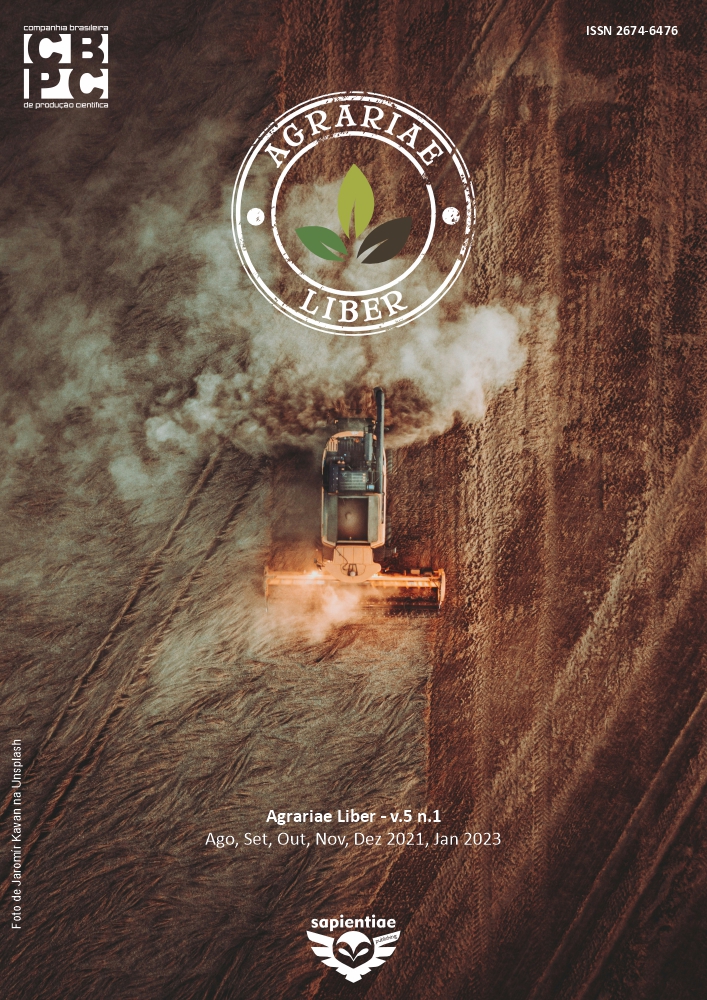Seminal and post-seminal analysis of peanut duct in different substrates, testing residues in the production of changes
DOI:
https://doi.org/10.6008/CBPC2237-9290.2020.002.0005Keywords:
Production of seedlings, Germination, Chestnut bark, Açaí seedAbstract
Cenostigma tocantinum Ducke is a species of native origin, distributed geographically in the north of Brazil, the present work had as objective to verify the efficiency of different agroforestry residues in the production of seedlings of the species, under the action of different substrates. The experiment was conducted in one of the nurseries of the Federal Rural University of Amazonia, located in Belém do Pará. A completely randomized designwas used, totaling 320 seeds, corresponding to four treatments (T), with 80 seeds each, consisting of eight replicates of 10 seeds, where (T0) black soil; (T1) black soil + commercial substrate in 2: 1 ratio; (T2) black soil + brown residue in 2: 1 ratio; (T3) black soil + açaí stone residue in 2: 1 ratio. The seeds began germination at 3 days after sowing date. The results found in the present study indicate that all the treatments were efficient, but in the evaluated parisons the average of the diameter of the neck was highlighted (T0), plant height (T1) and leaf number (T2). It has been proven that the incorporation of these agroforestry residues into the substrates can decrease the use of black soil and obtain the same results regarding the vigor aspects of the seedlings.
Downloads
Downloads
Published
Issue
Section
License
The CBPC - Companhia Brasileira de Produção Científica (Brazil CNPJ: 11.221.422/0001-03) the material rights of the published works. The rights relate to the publication of the work anywhere in the world, including rights to renewals, expansions and dissemination of the contribution, as well as other subsidiary rights. All electronically published works may subsequently be published in printed collections under the coordination of this company and / or its partners. The authors preserve the copyright, but are not allowed to publish the contribution in another medium, printed or digital, in Portuguese or in translation.








